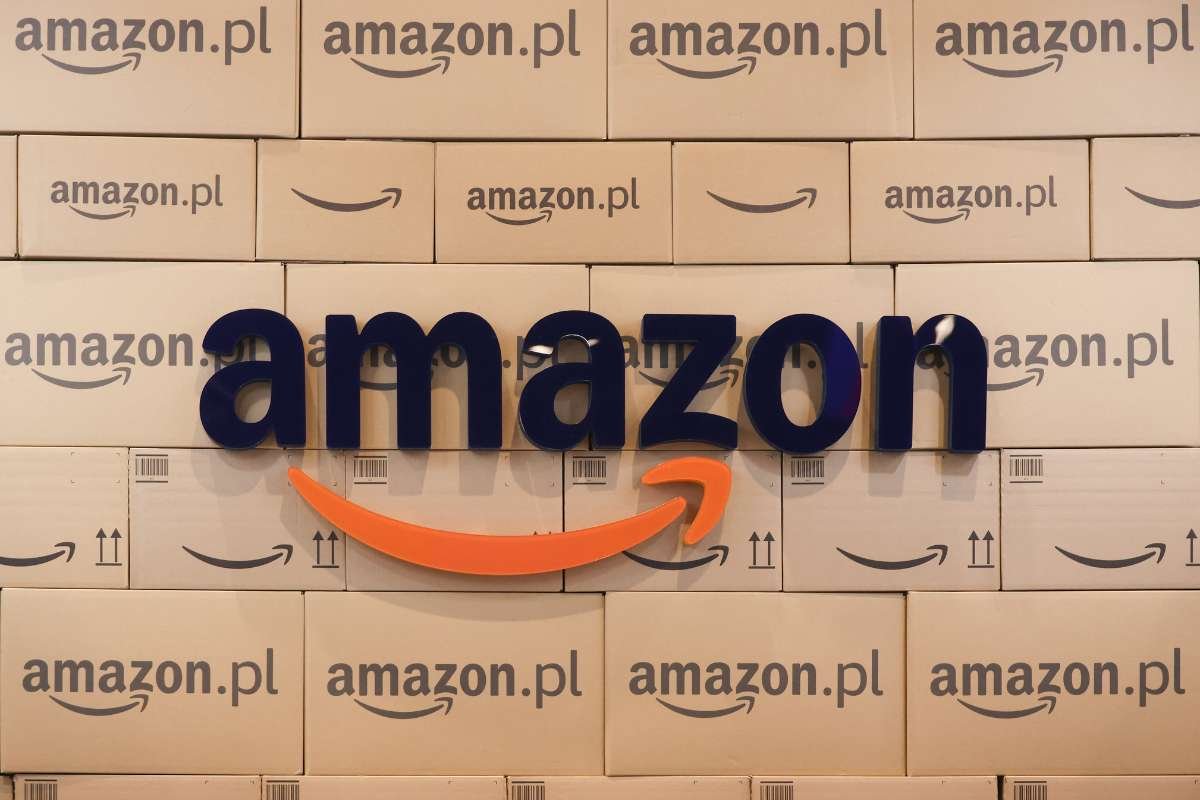Key Points:
- Black Friday shifts online for convenience
- Retailers extend campaigns, reshape logistics
- Mobile shopping, transparent pricing drive behavior
Long Thanksgiving weekends have traditionally mixed family rituals with early-morning trips to crowded stores, but that pattern continues to fade as shoppers push more holiday spending online. The shift is no longer gradual — it has become a defining feature of the modern retail landscape. Digital traffic has surged as consumers choose convenience, extended deal periods, and flexible purchasing options over the once-dominant in-store rush. For businesses, this change signals a competitive environment shaped by real-time pricing, rapid inventory turnover, and constant promotional adjustments rather than single-day events.
Retailers See Strong Online Traffic During Extended Black Friday Period
The spread of “early Black Friday” periods has also reshaped the retail calendar. Instead of anchoring discounts to one morning, many retailers now deploy multi-week campaigns designed to capture attention before competitors do. This approach reduces pressure on physical locations while expanding purchasing windows for customers who no longer wait for a single release moment. Analysts note that these elongated cycles offer entrepreneurs more predictable sales patterns but also require stronger planning in logistics, staffing, and digital operations. Inventory must move smoothly during fluctuating demand spikes, and pricing strategies must adapt quickly to match or counter market shifts.
For e-commerce operators, increased consumer activity brings both opportunity and operational strain. High volumes demand resilient payment systems, efficient fulfillment networks, and strong customer-support structures. Businesses unable to meet these expectations risk abandoned carts, negative reviews, or disrupted order flows. At the same time, smaller brands and independent sellers benefit from customers spending more time browsing online marketplaces rather than relying solely on major retailers. This creates openings for niche products, differentiated value propositions, and more direct customer engagement.
Consumers Favor Convenience as Black Friday Crowds Decline
While consumer enthusiasm remains high, buyers have become more discerning. Many now track price histories, compare across platforms, and avoid inflated “original” prices that once dominated seasonal marketing. This trend reflects a more informed digital shopper base and pressures businesses to maintain transparent discount strategies. For retailers, credibility and consistency matter as much as the markdowns themselves. Entrepreneurs who monitor competitor pricing, adjust promotions in real time, and maintain reliable communication with customers are better positioned to secure conversions during these peak periods.
Another clear trend is the role of mobile shopping. A significant portion of transactions now occurs through phones, reflecting widespread comfort with app-based purchases and digital wallets. For business owners, mobile optimization is no longer optional. Site speed, checkout simplicity, and inventory visibility directly influence conversion rates on smaller screens. A friction-free mobile experience can define a customer’s decision to complete or abandon a purchase during fast-moving seasonal cycles.
The long weekend also serves as a reminder of evolving consumer behavior. Shoppers increasingly value convenience, flexible timing, and reduced physical effort. Entrepreneurs attentive to these priorities can refine their strategies far beyond the holiday period. The same factors that drive online Black Friday participation — seamless digital journeys, transparent pricing, fast delivery, and dependable customer service — influence buying patterns throughout the year. Businesses that adapt now position themselves for stronger performance across future seasonal peaks.
Overall, the modern Black Friday season highlights a retail environment driven more by digital agility than by early-morning crowds. For entrepreneurs and business leaders, understanding these shifts is essential for competitive planning. As shopping continues to move online, the companies most prepared to manage technology, logistics, and customer expectations stand to benefit from the extended holiday surge and the long-term changes shaping consumer behavior.


















